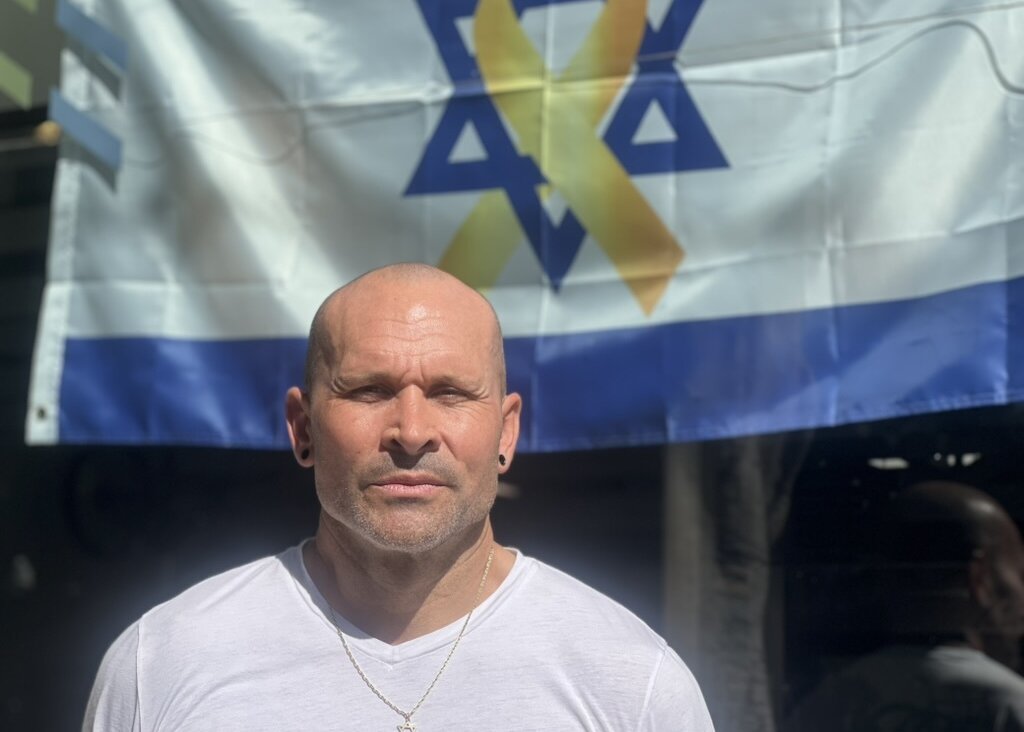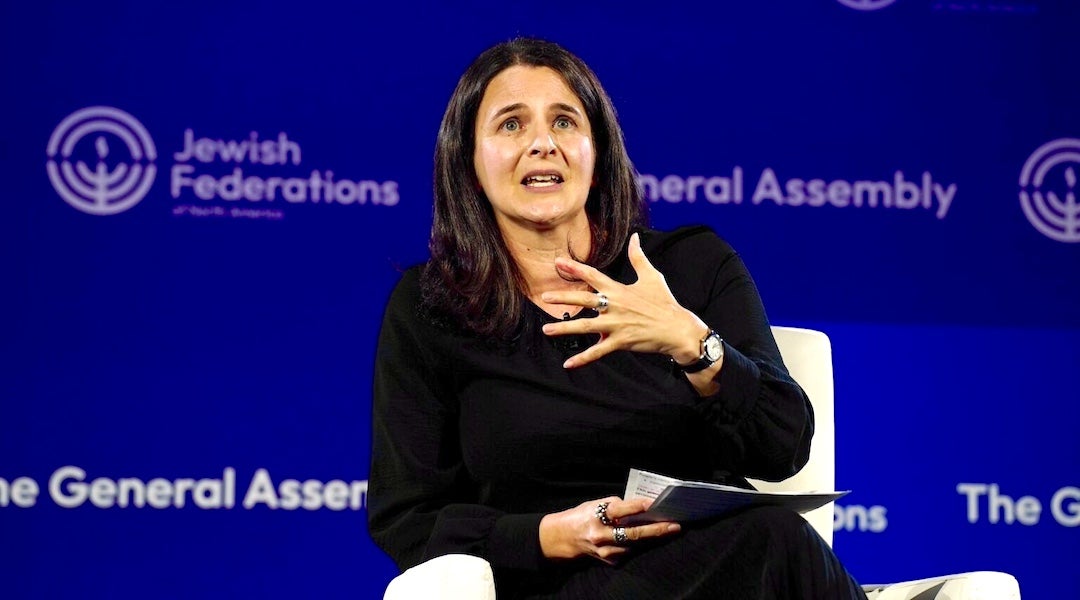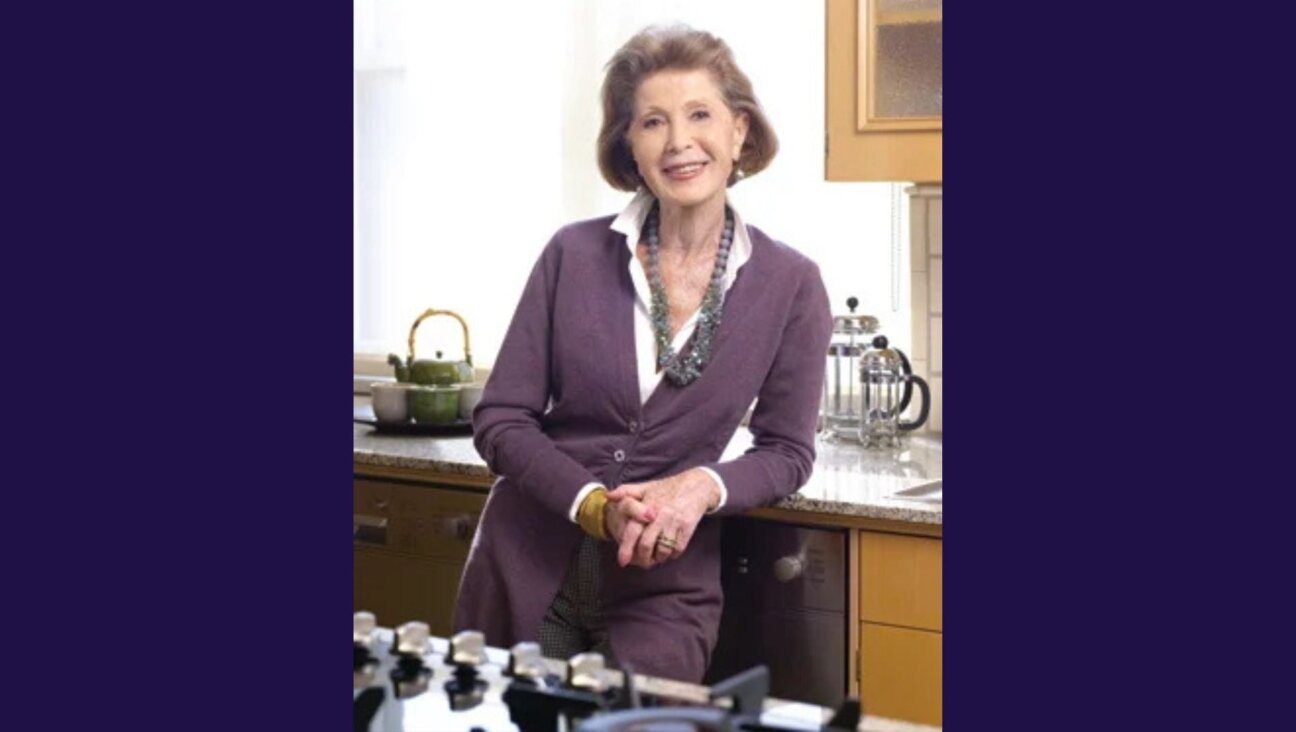The Evolving Involvement of American Jews
An essay by a newly Orthodox Jewish writer provoked plenty of ire not so long ago, when she criticized the fictional characters created by various authors whom she said had “renounced Orthodox Judaism.” Leaving aside questions about her literary judgment, what intrigued me was the writer’s own new-found religion, pointing as it does to something more broadly relevant to American Jews: The world is replete with possibilities now, and morphing Jewishly is one of them.
Today all sorts of individual paths and patterns crisscross the Jewish world, although without a study that follows the same individuals throughout the years, these changes are hard to quantify. Nonetheless, the most recent National Jewish Population Survey offers a window into how people’s Jewish involvement changes during their lives.
By comparing people’s reports about their lives in 2001 to what they recall about their lives at age 10 or 11 — admittedly not the most rigorous strategy, but reasonable in the absence of anything else — it’s possible to identify two groups of people using measures of Sabbath observance and the importance of being Jewish.
The Stayers are those who have not strayed too far from the apple tree, whose patterns are roughly continuous with how they were raised. The Movers are those who have moved further away from their earlier habits. Each group is roughly half of the NJPS-defined population.
The upshot is that among American Jews as a group, there appears to be as much change in Jewishness as there is stability from childhood into adulthood.
Typically, Jews have been conditioned to forecast any changes in Jewish life as being in the direction of “down and out.” But in fact, one of the most noteworthy realities of being Jewish in America today is the sense that one’s life could lead in any number of directions — and not necessarily in the direction of disengagement and rejection.
This sense of possibility is evident in the six different “journeys” that can be seen in the NJPS data.
The Stayers fall into two patterns. One group is people who, having been intensively involved in Jewish life as children, live more or less that way today. The second group includes those whose involvement was minimal early on and, not surprisingly, ends up that way in adulthood. These two types of journeys are examples of steadiness and overall continuity from childhood to adulthood. (For the trendspotters among you: The NJPS sample understates the proportion of Jews whose involvement is the thinnest, while overstating those with more intensive connections.)
There are more dramatic stories among the Movers. Nearly two-thirds of them could be described as being on an “interior journey”: although their Jewish practice has decreased over time, their Jewish interest has grown. They experience a mismatch between the extent of their ritual practice and their inner sense of engagement that is worth pondering, as it evokes a feeling of seeking but not necessarily of finding.
There are several other kinds of Movers. First are the Increasers, people for whom both being Jewish and keeping Jewish practices have become more important over the years. Next are the Lapsers, people who have moved away from both the Jewish practice and the sense of internal connection they experienced as children. Finally, a small group that could be described as being on an “exterior journey” has taken on more practice, but with a decrease in attachment over time.
But are these findings about journeys really all that new, one might ask? Surely our parents and grandparents experienced changes in their lives. After all, American Jews were transforming in major ways in the first half of the 20th century: Jews were immigrating, or settling in America, and many eventually made their way from inner cities to the newly minted suburbs. Those were lives filled with changes, no doubt.
The difference is that while in previous generations individuals experienced all sorts of changes over their lifetimes, the tide of people’s Jewish lives was pulling most powerfully away from a traditional way of Jewish life and toward one viewed as more modern or American.
Moreover, the possibilities for Jews within America have widened considerably. Today Jewish life and Judaism have become widely accepted, advantaged, integrated and even admired. Jewishness no longer represents a stigma or a dirty little secret in the American mainstream. No longer is there a one-way directional flow pulling overwhelmingly “away.”
Today there is a sense that even if a person has not fallen far from the Jewishness of his or her upbringing, many people know at least one other person within their circle of family and friends who has chosen a different Jewish path or lifestyle. This is important because it creates a sense that change is possible, and that one can choose how to be Jewish.
Nancy, a women I interviewed a few years ago, described her newly Hasidic sister and how this transformation had prompted her to think about her own relationship to Judaism. She confessed to being impressed by her sister’s choice, even though she didn’t view this as an option for herself. It seemed too foreign to her, too far removed from her own comfort zone.
Sadly for her, the only other clearly drawn image of Jews she seemed to carry inside her was her recollection of the overly material girls that she strenuously avoided in the affluent Jewish suburb of her youth.
Neither of these alternatives was particularly attractive for her. Yet she also felt the multicultural climate of her work life reinforcing her sense of herself as a Jew. She seemed to be on a path, but without a clear destination.
It seemed to me that a person like Nancy, if she were sufficiently intrigued, could have used somebody to help her along. Neither the habits of her upbringing nor the exemplars she had encountered so far were particularly compelling. Without a notion of what she could see as possible, she was stuck between not this and not that.
If she didn’t find a viable model among her own family or friends, she might have found it somewhere else around her. Perhaps a good novel would get her imaginative juices flowing. You never know. We need all kinds.
Bethamie Horowitz, a social psychologist, is research director for the Mandel Foundation.















